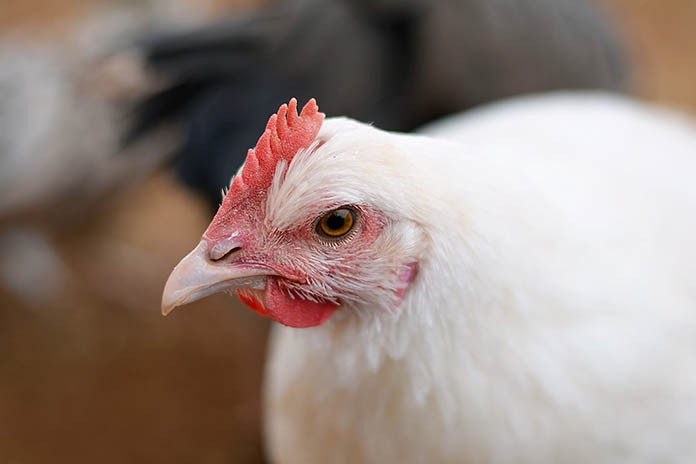
What does Omics mean?
Omics is a term that refers to the recently developed high throughput technologies that include genomics, functional genomics (transcriptomics), proteomics, and metabolomics.
These state-of-the-art technologies can be applied to the measurement of metabolism on an organism, tissue, or cell at a molecular level. Genomics is the study of an organism’s entire genome and especially the analysis of the relationship between genetics and the phenotype (the measurable traits of the organism).
The whole genome sequence is now available for most livestock species and this has allowed researchers to discover and assess the unique genomic features and the complexity and structure of the genomes of livestock. This provides the molecular basis to link genomic information to economically important traits. For example, these tools can be used to “genotype” individual animals and begin to predict their breeding value or performance for traits such as feed efficiency, product quality or even susceptibility to disease.
Transcriptomics (measuring abundance of messenger RNA) studies when and how the genes in the genome can be turned on and off, which allows new molecular phenotypes to be identified or new insights into the processes underlying metabolism; for example under different nutritional management or across different stages of production.
Furthermore, proteomics and metabolomics can determine the entire set of proteins and metabolites in a biological system and how they can directly determine the biological process relating to traits of interest.
The integration of Omics technologies generates information that links variation in the genome with metabolism and nutritional physiology of livestock species. In turn, producers can use this information to apply a systematic approach to improve the breeding and management of their animals: improving performance potential, health, or the animal’s response to different nutrition or management measures.
Application of livestock has great potential for the future development of breeding and nutritional strategies to the improve efficiency and sustainability of animal production.
From Advancing Poultry Production, Proceedings of the Massey Technical Update Conference

















